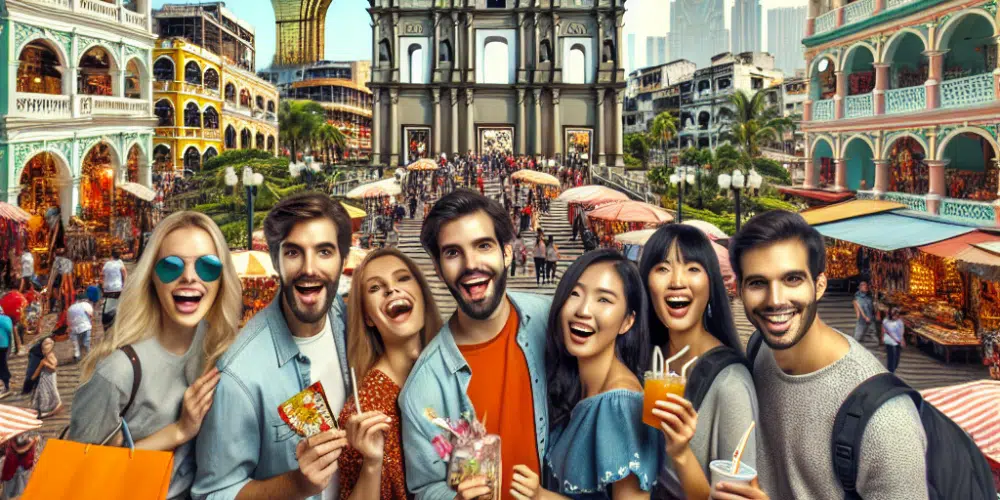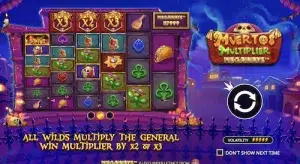In the third quarter of 2025, Macau’s non-gaming spending by visitors increased by 10%, signaling positive results from ongoing efforts to diversify its tourism sector beyond its traditional casino reliance. According to the latest data from the Statistics and Census Service (DSEC), tourists spent MOP 20.4 billion ($2.55 billion) on non-gaming activities during this period.
The push to broaden Macau’s economic base has been a strategic priority for local authorities, given the historical dependence on gambling revenues. The rise in non-gaming spend, highlighted by the DSEC report, indicates a successful implementation of these diversification strategies. The data reveal that overnight visitors significantly contributed to this trend, with their non-gaming expenditures rising by 7.6% to MOP 16.8 billion ($2.1 billion). Meanwhile, same-day visitations also saw a notable increase, with their spending climbing 27.6% to MOP 3.6 billion ($0.45 billion).
On a cumulative basis for the year, the figures reveal that non-gaming spending has reached MOP 58.25 billion ($7.3 billion), marking a 3.6% year-on-year increase. This development is seen as a positive sign for Macau’s economic diversification goals.
The breakdown of these expenditures shows that shopping was the leading category, accounting for 42.4% of the total non-gaming spend. Accommodation expenses followed, representing 26.7%, while food and beverages made up 21.2% of the expenditures. These figures underscore the growing importance of retail and hospitality sectors within Macau’s economy.
Despite these gains, there has been a reported decrease in per-capita non-gaming spending, which fell by 2.6% to MOP 1,950 ($244). This decline is attributed to an increase in low-spending same-day visitors. Year-to-date, the per-capita expenditure has decreased by 9.5% to MOP 1,963 ($245), suggesting a shift in the visitor demographic towards more budget-conscious travelers.
A closer look at the demographics reveals a 5% drop in spending by visitors from mainland China, with their per-capita spending now at MOP 2,123. Contrarily, there was a slight uptick in spending by Hong Kong visitors, who spent 0.1% more, reaching MOP 1,063. Notably, tourists from Taiwan increased their spending by 9.8%, reaching MOP 2,335, while international visitors spent 3.3% more, totaling MOP 2,261.
While the increase in non-gaming revenue is encouraging, some analysts suggest that the decline in spending per visitor could be a concern. “The figures show a promising trend towards diversification, but the decrease in per-capita spending indicates challenges remain in attracting higher-spending tourists,” an industry observer noted.
In contrast, others argue that the rise in overall visitor numbers, even those spending less per capita, might drive long-term growth in non-gaming sectors. “The diversification of the visitor base, with more same-day and budget visitors, can stimulate broader economic activity and benefit sectors like retail and food services,” said an optimistic tourism analyst.
This dual perspective on Macau’s tourism evolution highlights both the successes and challenges of reducing reliance on gambling. As the industry continues to adapt, stakeholders are keenly observing how these dynamics will shape the future of Macau’s economy. The focus remains on sustaining growth in non-gaming areas while enhancing the overall visitor experience to ensure continued economic prosperity for the region.

David Garato is a luminary in gaming journalism, renowned for peeling back the curtain on the gaming world with his witty and insightful commentary. A decade into weaving stories from the pixelated edges of indie games to the expansive universes of AAA titles, David’s work is a thrilling blend of analysis and adventure. When not writing, he’s live-streaming, sharing his gaming exploits with an engaged and growing audience. David doesn’t just write about games; he lives them, making him a trusted guide in the gaming community.
















